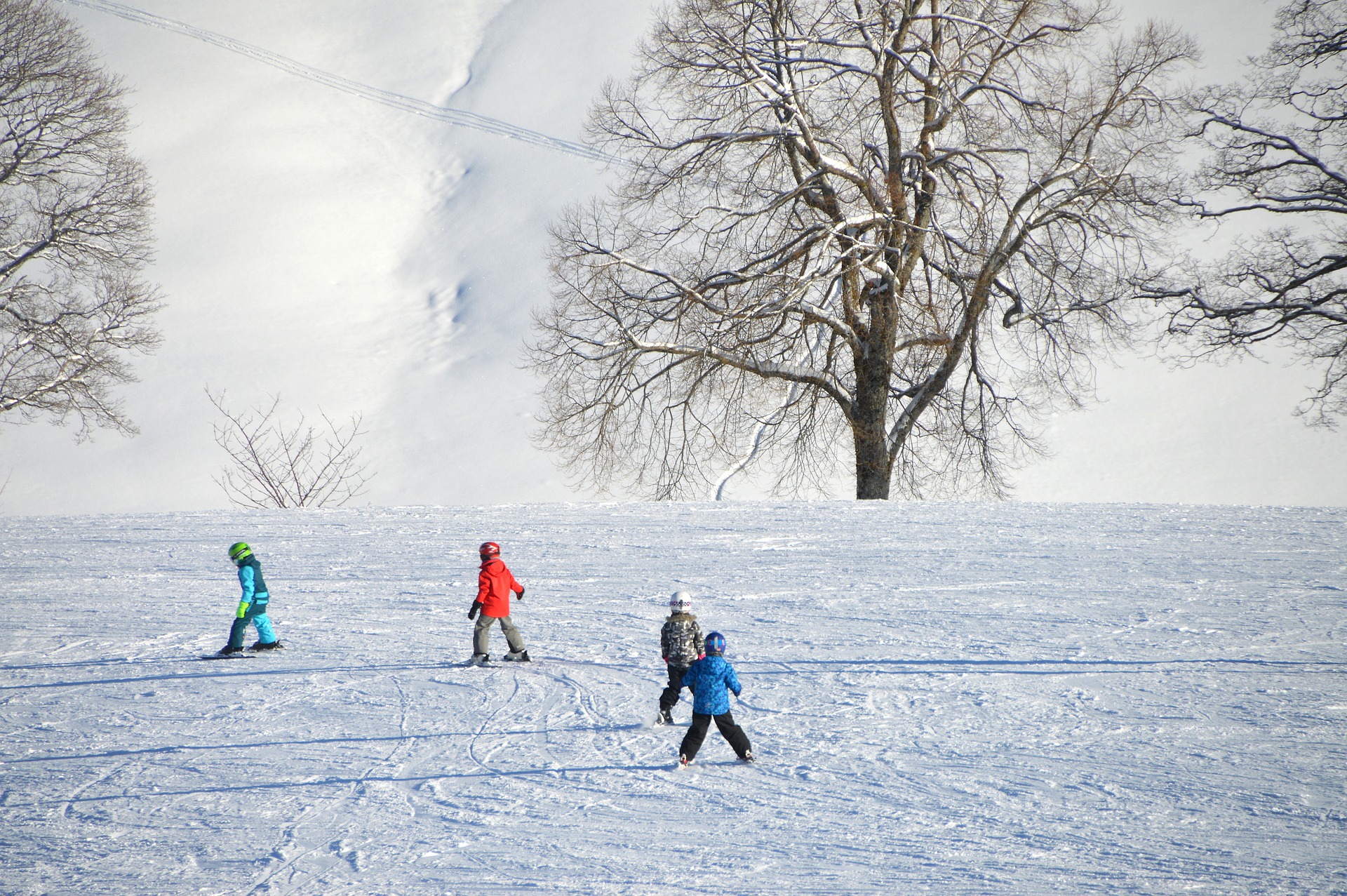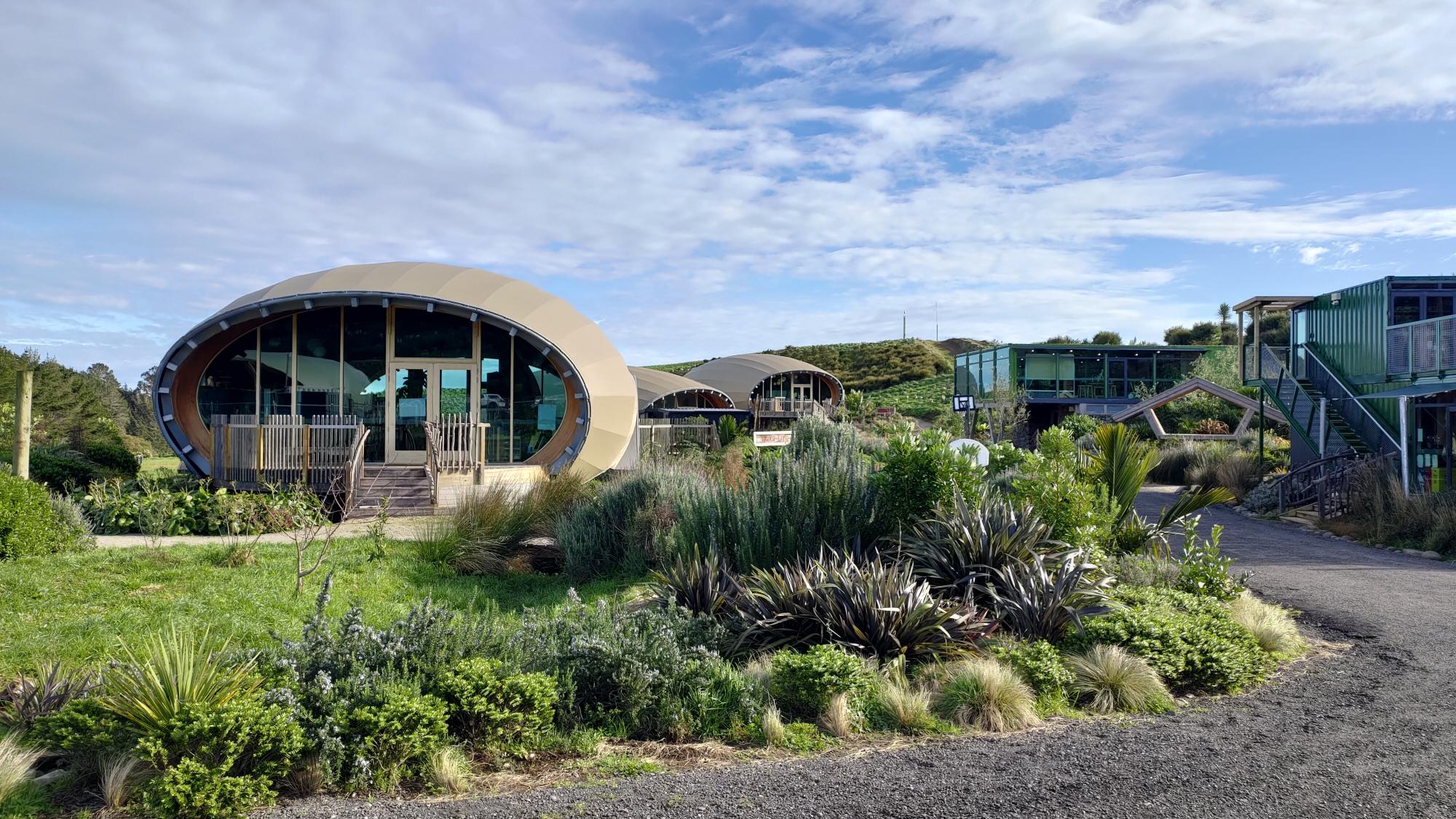Environmental Education in Costa Rica

School Curriculum
Environmental education is integrated into the curriculum in Costa Rican schools, with a focus on promoting awareness and understanding of environmental issues such as climate change, deforestation, and biodiversity loss. Students are encouraged to develop critical thinking skills and to take an active role in addressing environmental challenges. Environmental education in Costa Rica also consists of a range of programs and initiatives designed to promote environmental education and awareness. For example, the country's National System of Conservation Areas (SINAC) offers educational programs and guided tours of protected areas to help visitors learn about Costa Rica's unique ecosystems and wildlife.
Research and Education Centres
Environmental Education in Costa Rica is a high priority, evident by the fact that Costa Rica has a number of research and education centres dedicated to environmental sustainability. Monteverde Cloud Forest Reserve is one such example. This remarkable reserve offers educational programs and research opportunities focused on conservation and sustainability. For nearly 50 years the Costa Rican educators, environmentalists and scientists have been fiercely protecting this forest, as it is one of the most endangered ecosystems on earth. With a mere 1% of all remaining forests on the planet classified as cloud forests, their work is impressive and valuable to all of us across the world.
Costa Rica's Forest Schools
Forest schools are a relatively new concept in Costa Rica, but there is growing interest in this type of education. Forest schools in Costa Rica are similar to those in other countries, and emphasize the importance of outdoor learning and connecting with nature.
In forest schools, students spend most of their time learning in natural settings such as forests, parks, and other outdoor areas. They are encouraged to explore and engage with the natural environment through hands-on activities and experiences, such as hiking, wildlife observation, and plant identification. Forest schools in Costa Rica may also include practical projects such as building birdhouses, planting trees, or participating in conservation activities.
Forest schools in Costa Rica are seen as a way to promote environmental education and sustainability, as well as to develop important skills such as problem-solving, creativity, and critical thinking. By spending time in nature and engaging with the environment, students are able to develop a deeper connection to the natural world and a greater appreciation for its importance.
While forest schools are still relatively new in Costa Rica, there are a number of organizations and programs that offer this type of education. For example, the Costa Rican National Parks system offers educational programs and guided tours focused on environmental education and conservation, while the Children's Eternal Rainforest program provides opportunities for students to learn about rainforest conservation and sustainability.
Overall, forest schools in Costa Rica are seen as an important way to promote environmental education and sustainability, and to develop a generation of environmentally conscious citizens who are equipped to address the complex environmental challenges of the future.
Environmental Education in Costa Rica: a Long History

Costa Rica is known for its commitment to environmental protection and sustainability, and environmental education is an important part of the country's efforts to promote sustainable development. Costa Rica has a long history of conservation and environmental stewardship, with nearly 25% of the country's land designated as protected areas.
Overall, environmental education is a priority in Costa Rica, reflecting the country's commitment to sustainable development and environmental protection. By promoting awareness and understanding of environmental issues, Costa Rica is helping to create a generation of environmentally conscious citizens who are equipped to address the complex environmental challenges of the future.
Costa Rica's future goal of net zero by 2050

Costa Rica has set a goal to become carbon neutral, or "net zero," by 2050. This means that the country aims to balance its greenhouse gas emissions with carbon removal or other offsets, so that there is no net contribution to global warming.
To achieve this goal, Costa Rica has implemented a number of initiatives aimed at reducing greenhouse gas emissions and promoting sustainability. Some of these initiatives include:
- Transitioning to renewable energy sources: Costa Rica has a goal of producing 100% of its electricity from renewable sources by 2030. The country already derives a significant portion of its energy from hydroelectric power, and has also been investing in wind and solar power.
- Promoting sustainable transportation: Costa Rica is working to promote electric and hybrid vehicles, as well as public transportation, biking, and walking.
- Protecting forests and promoting reforestation: Forests play a critical role in absorbing carbon dioxide from the atmosphere, so Costa Rica has implemented policies to protect its forests and promote reforestation.
- Encouraging sustainable agriculture: Agriculture is a significant contributor to greenhouse gas emissions, so Costa Rica is promoting sustainable farming practices and reducing deforestation for agriculture.
- Promoting sustainable tourism: Costa Rica's tourism industry is a significant contributor to the country's economy, but it also has an impact on the environment. The country is working to promote sustainable tourism practices, such as eco-tourism and responsible tourism.
By implementing these and other initiatives, Costa Rica aims to achieve its goal of becoming carbon neutral by 2050. The country has already made significant progress towards this goal, and is seen as a leader in sustainability and environmental protection.




